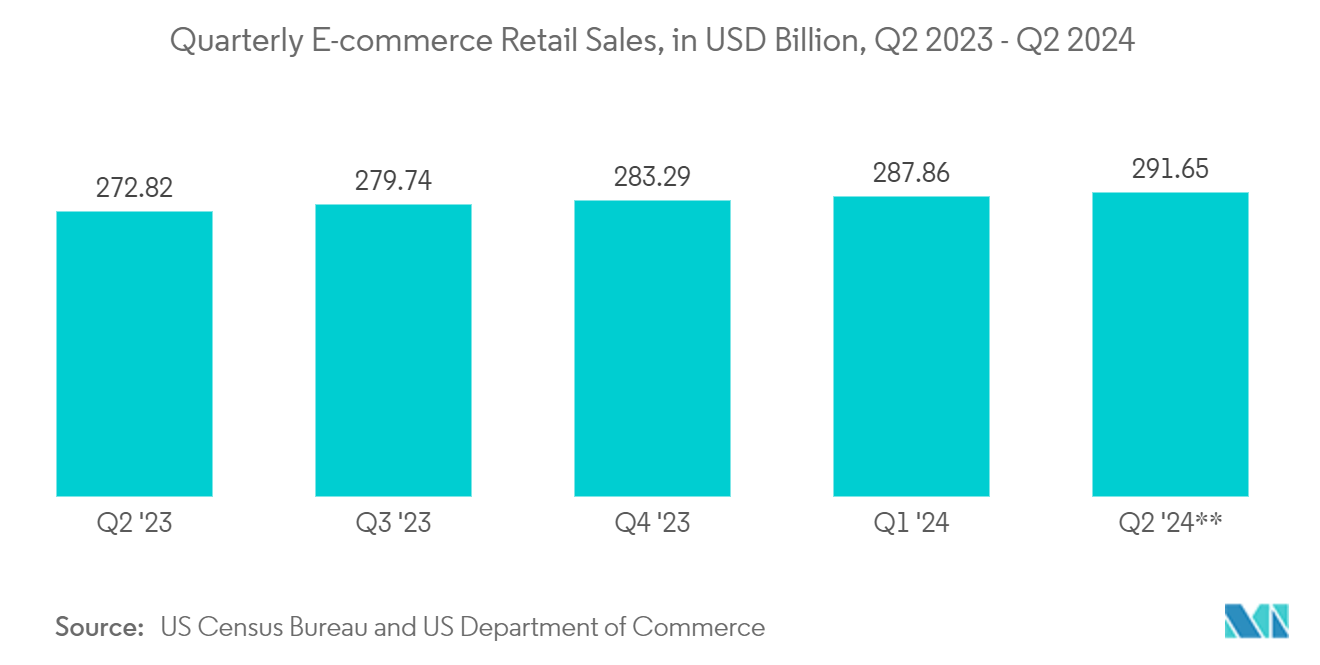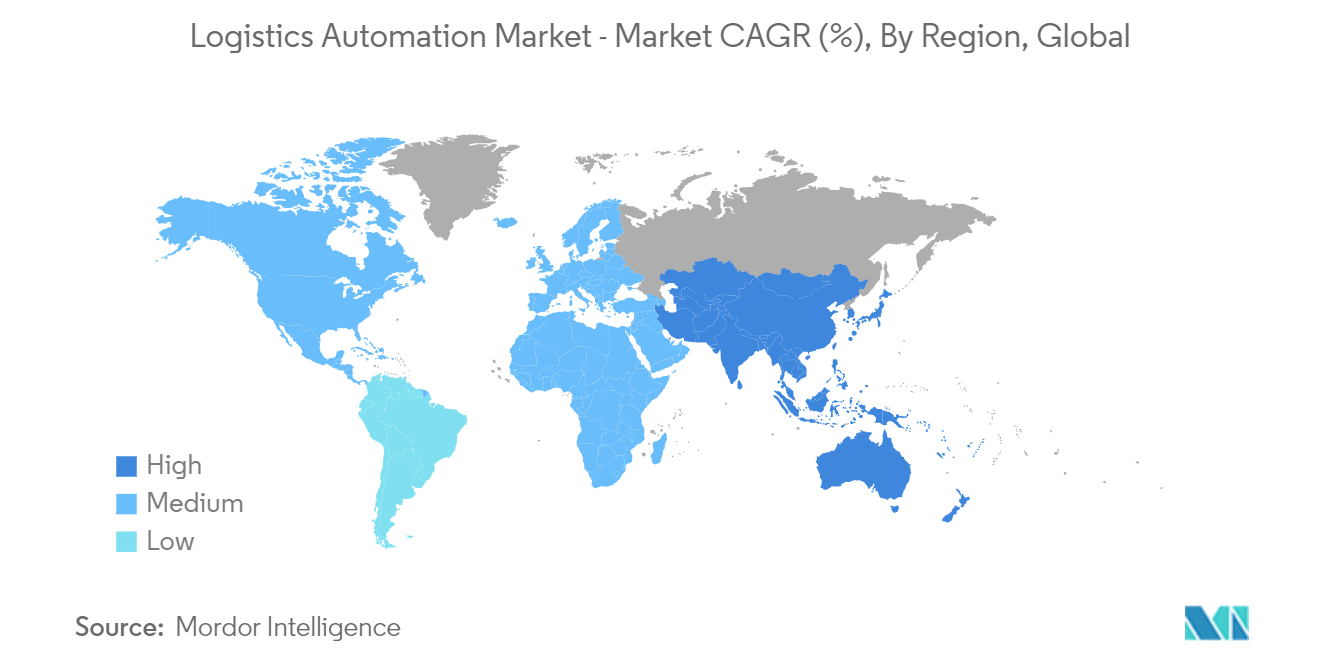Market Trends of Logistics Automation Industry
Warehouse Automation Dominating the Market Landscape
Warehouse Automation: Dominating the Market Landscape
- Leading market share: Warehouse automation technology accounts for a significant portion of the logistics automation market, holding a dominant 41.58% market share in 2022. This segment, valued at USD 26.31 billion in 2022, is forecast to grow at a CAGR of 10.01%, reaching USD 45.92 billion by 2028. The demand is being driven by rapid e-commerce expansion and the need for smart fulfillment centers that incorporate automation.
- Technological advancements driving efficiency: Innovations such as automated material handling systems and AI-driven analytics are significantly enhancing warehouse automation processes. The use of advanced robotics, sensors, and IoT in logistics is enabling real-time inventory tracking, reducing human intervention, and streamlining operations across the supply chain. The integration of AI-powered logistics automation software is a crucial factor in improving overall warehouse efficiency.
- E-commerce boom propelling market growth: The e-commerce surge is a primary driver behind the growing demand for automated warehousing. U.S. retail e-commerce sales reached USD 261.97 billion in Q4 2022, emphasizing the need for logistics automation to support higher order volumes. E-commerce giants are prioritizing investments in smart warehousing solutions to handle this growth effectively.
- Rising number of warehouses boosting demand: The increasing number of warehousing facilities worldwide is contributing to the growth of the logistics automation market. The U.S. alone saw warehousing enterprises grow from 16,992 in 2016 to 20,002 in 2021, reflecting a greater reliance on automated logistics systems to manage complex supply chains.
- Emerging business models: Robotics-as-a-Service (RaaS) is gaining traction in the market, offering affordable and scalable automation solutions. By providing access to cutting-edge technology without the financial burden of full ownership, RaaS lowers barriers to entry for companies in sectors such as retail, e-commerce, and third-party logistics.
Transportation Automation: The Fast-Growing Segment
- High-growth potential: While warehouse automation commands the largest share, transportation automation is the fastest-growing segment in the logistics automation industry. This sector is projected to achieve a CAGR of 10.77%, driven by advancements in autonomous delivery systems, smart transportation management systems (TMS), and AI-driven logistics solutions. The increasing deployment of autonomous vehicles is reshaping the transportation aspect of logistics operations.

Asia-Pacific: The Growth Engine of Logistics Automation
- Leading the market: The Asia-Pacific region dominates the global logistics automation market with a 47.16% share in 2022. This region is forecast to maintain its leadership, growing to USD 22.84 billion by 2028, driven by a robust CAGR of 10.99%. The demand for logistics automation systems is fueled by the expansion of e-commerce and manufacturing in key markets such as China, Japan, and Australia.
- E-commerce and manufacturing driving regional growth: Rapid industrialization and e-commerce adoption across Asia-Pacific countries are significant contributors to the growth of logistics automation trends in the region. For example, Australia's thriving e-commerce sector, ranked eleventh globally, is forecast to generate USD 32.3 billion in revenue by 2024.
- Strategic investments and expansions: Key players in the logistics automation market are investing heavily in the Asia-Pacific region. In December 2022, Omron Corporation opened a logistics automation center in Singapore, aiming to cater to Southeast Asia and Oceania's growing demand for automation solutions.
- Government initiatives boosting robotics adoption: Government-backed initiatives across Asia are promoting the adoption of intelligent robotics in logistics. South Korea’s USD 172.2 million allocation to robotics innovation for 2022 exemplifies the region's focus on advancing logistics automation technology.


